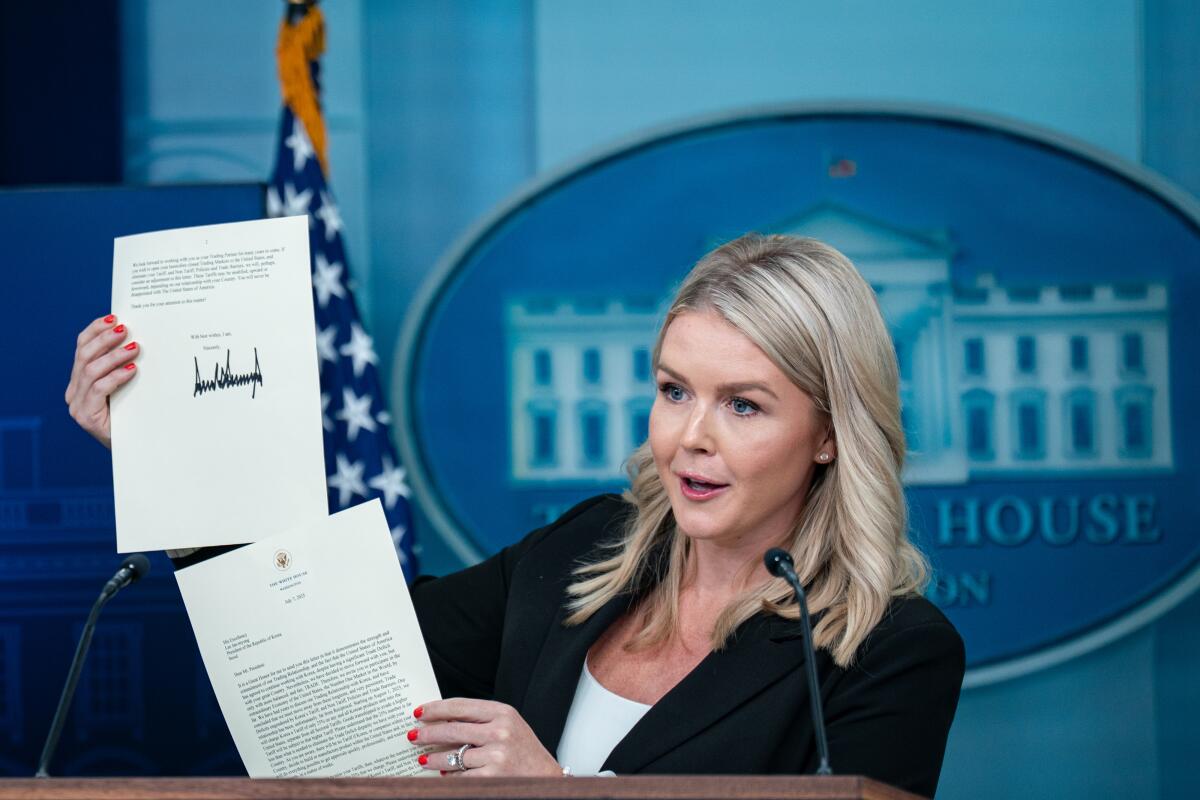President Trump’s administration has finalized a significant trade agreement with South Korea, a deal poised to reshape economic relations and ignite debate over its true implications for both nations. This new accord introduces substantial changes to the long-standing trade regime, marking a departure from previous policies that favored near-zero duties.
Central to this agreement is South Korea’s commitment to invest $350 billion in crucial U.S. industries and purchase $100 billion worth of American liquified natural gas. These substantial financial pledges underscore a strategic effort to deepen economic ties and foster industrial cooperation, with further investments anticipated in the near future.
A key feature of the new deal is the imposition of a 15% tariff on South Korean exports to the U.S. While a reduction from an initial 25% proposed by Trump, this rate represents a notable shift from the previous free trade arrangement, which had largely kept tariffs minimal. The U.S. administration frames this as a measure to address trade imbalances, citing a significant trade deficit with South Korea.
South Korean officials, however, have expressed regret over the new tariff structure. Kim Yong-beom, a senior policy official, noted that ongoing negotiations worldwide are deviating from established World Trade Organization principles, highlighting a push by South Korea for a lower 12.5% rate on key exports like automobiles, which was ultimately rejected.
A significant point of contention and confusion lies in the interpretation of profit distribution from South Korea’s $350 billion investment. Commerce Secretary Howard Lutnick claimed 90% of profits would benefit the American people, a statement that immediately drew skepticism from South Korea, where officials expect a proportionate split based on contribution and risk.
South Korean President Lee Jae-myung views the $350 billion investment as a strategic boost for domestic industries such as shipbuilding, semiconductors, and energy, aiming to enhance their competitiveness within the U.S. market. This perspective frames the agreement as a mutual opportunity to strengthen industrial cooperation and the existing military alliance.
Another area of differing interpretation concerns agricultural goods. While Trump suggested a full opening of South Korea to American products including cars, trucks, and agriculture, South Korean officials maintain that agriculture was not part of the deal. Specific concessions on U.S. rice or beef, historically contentious points, were reportedly not included.
This distinction is crucial, particularly for items like U.S. beef, which faces import restrictions in South Korea due to bovine spongiform encephalopathy concerns, and rice, a staple crop heavily protected by the South Korean government with significant tariffs beyond a certain quota. These details highlight the complexities and unresolved aspects of the agreement.






Leave a Reply